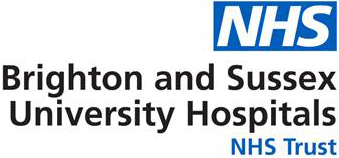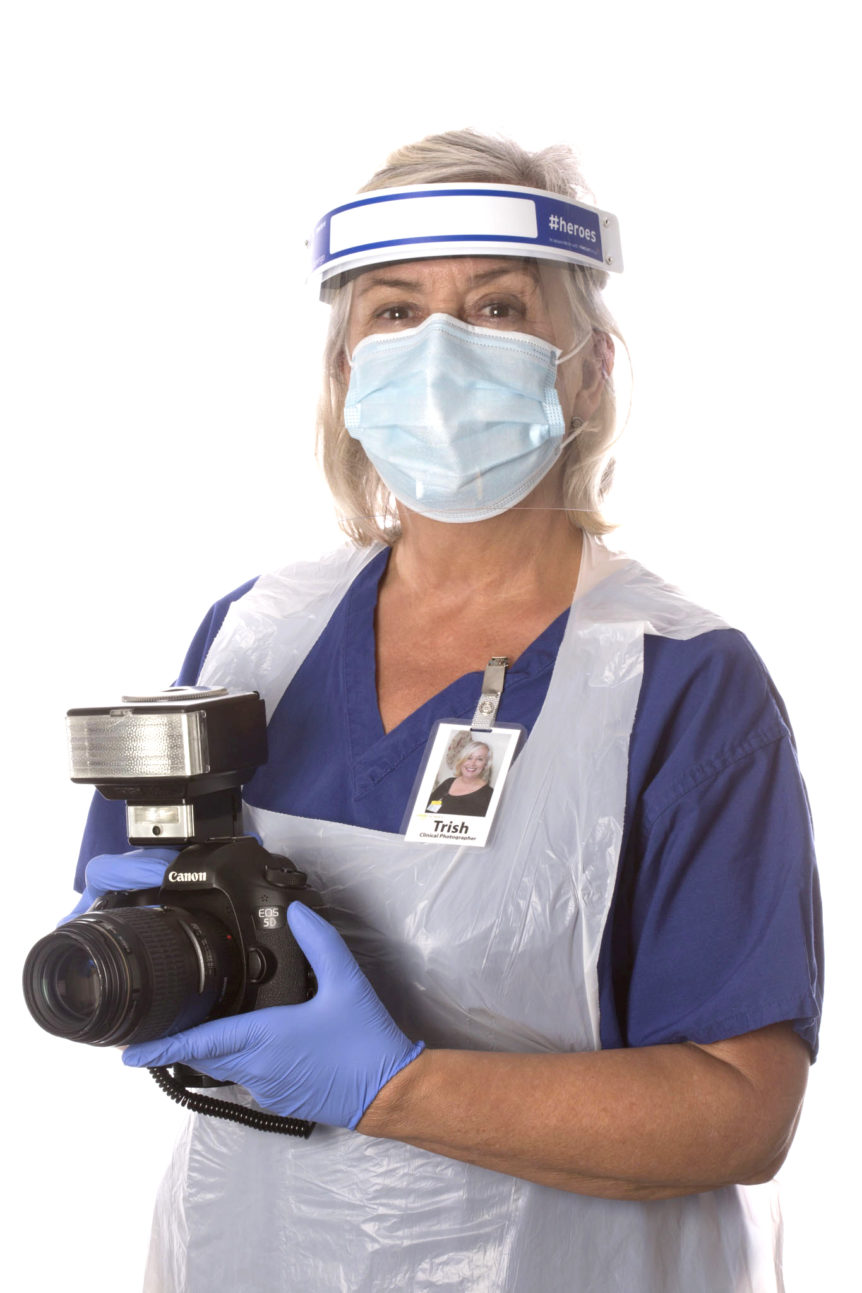Submitted by Trish
Senior Clinical Photographer
Having been a clinical photographer for 40 plus years, I have seen many things in my career and faced many difficult and interesting situations.
I worked in central London during some difficult times. People who lived there in the 80’s will remember all the bombings. Bomb scares happened on a regular basis, closing stations and cordoning off large areas of the city. The bomb squad would then arrive to make a controlled explosion of someone’s belongings.
However, sadly sometimes there were some horrendous incidents that we were called upon to take photographs of at the Westminster hospital. The patients injured in the Harrods bombing were brought to the Westminster. We took photographs both in theatre and on the ward of those victims. Another time there were photographs of the Chelsea Barracks nail bomb victims including body parts still with uniform attached.
I also was in theatre when the terrorist who shot the Israeli ambassador had to have a bullet fired by a body guard removed from the side of his skull. That time there were armed police in the theatre which was a first.
Wind forward to now and the present Covid-19 crisis.
Our department did a risk assessment of whether clinical photography in Covid positive areas would take place and it was decided that, as we tend to move from ward to ward it would not be sensible unless there was a safeguarding or essential clinical need. And ideally, these visits would take place at the end of our ward round using the required PPE. A decision was also made that we would not go into an area where patients were having aerosol generating procedure.
For me the risk of infection is always there in our job Covid or not and, as long as we follow the guidance and use the correct PPE, risks are kept to a minimum. I recognise that it is part of our job and I have always recognised that. We are also at much less risk than the nurses and doctors who are with the patients all day long.
Every time I go to a Covid red area I need to change into scrubs and I have got changed in some interesting places including a linen cupboard and numerous toilets, as most of our wards don’t have proper changing facilities.
I leave my camera bag outside the room or in the clean corridor. After taking my photographs I put my camera on a wipe able surface and take my PPE off in the correct way then wash my hands. I then wipe my camera and flash with a clinell wipe and put them in my bag. I then wipe my bag down and wash my hands again and leave.
Some very kind person made some cotton bags that we can put our scrubs into take home and wash at 60 degrees.
One of my lovely colleagues made us some button bands to wear with our mask to stop the mask digging into our ears.
I have to say the biggest challenge so far has been taking photographs with a visor on especially on the occasion when a very helpful nurse decided to give my visor a final wipe just as we went into the isolation room, smearing the visor and making it even more difficult to take photographs.
Considering all of the above I have always loved my job and have embraced all the challenges a clinical photographer has to face; Covid-19 is just another one of those challenges.


